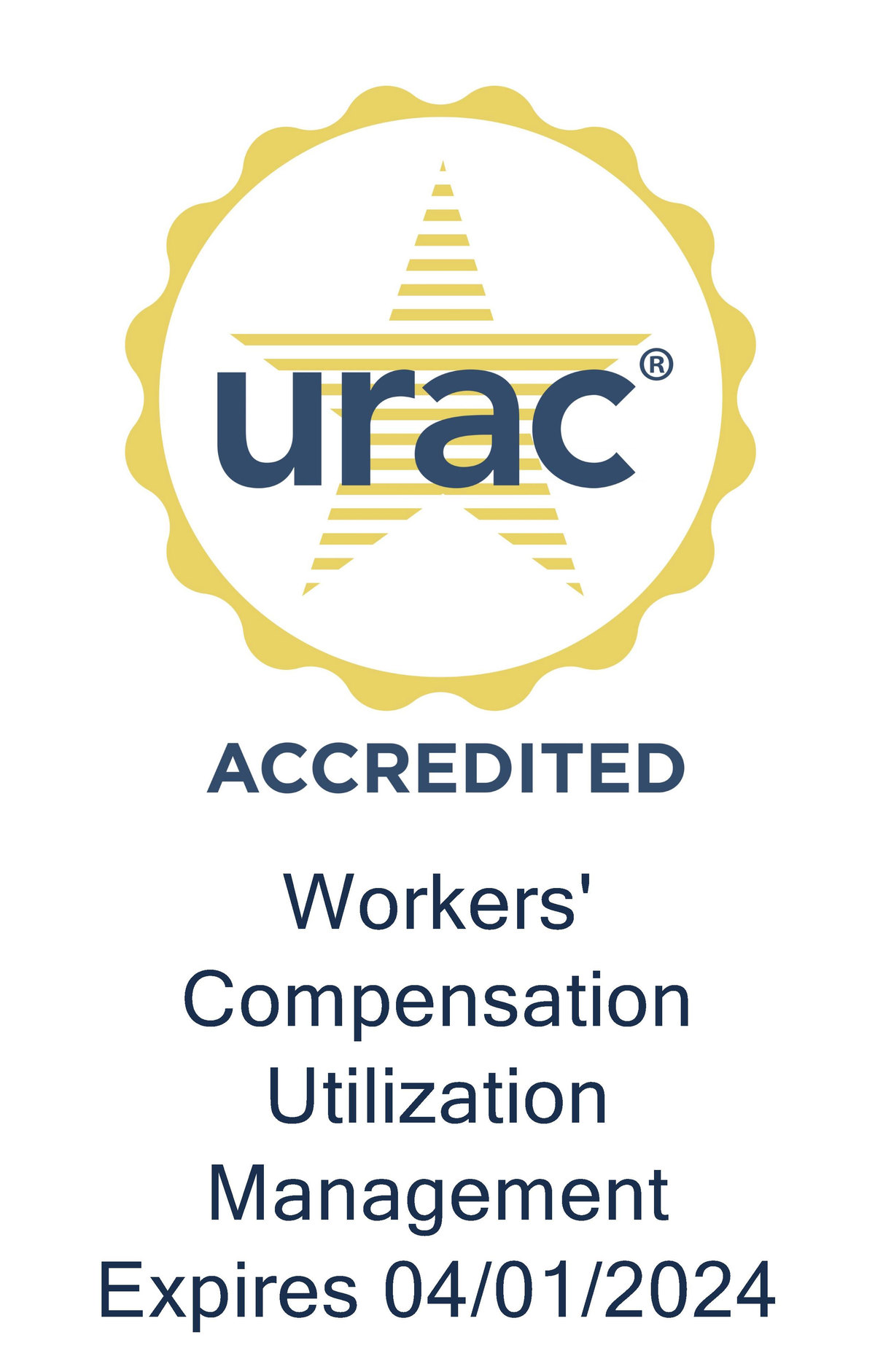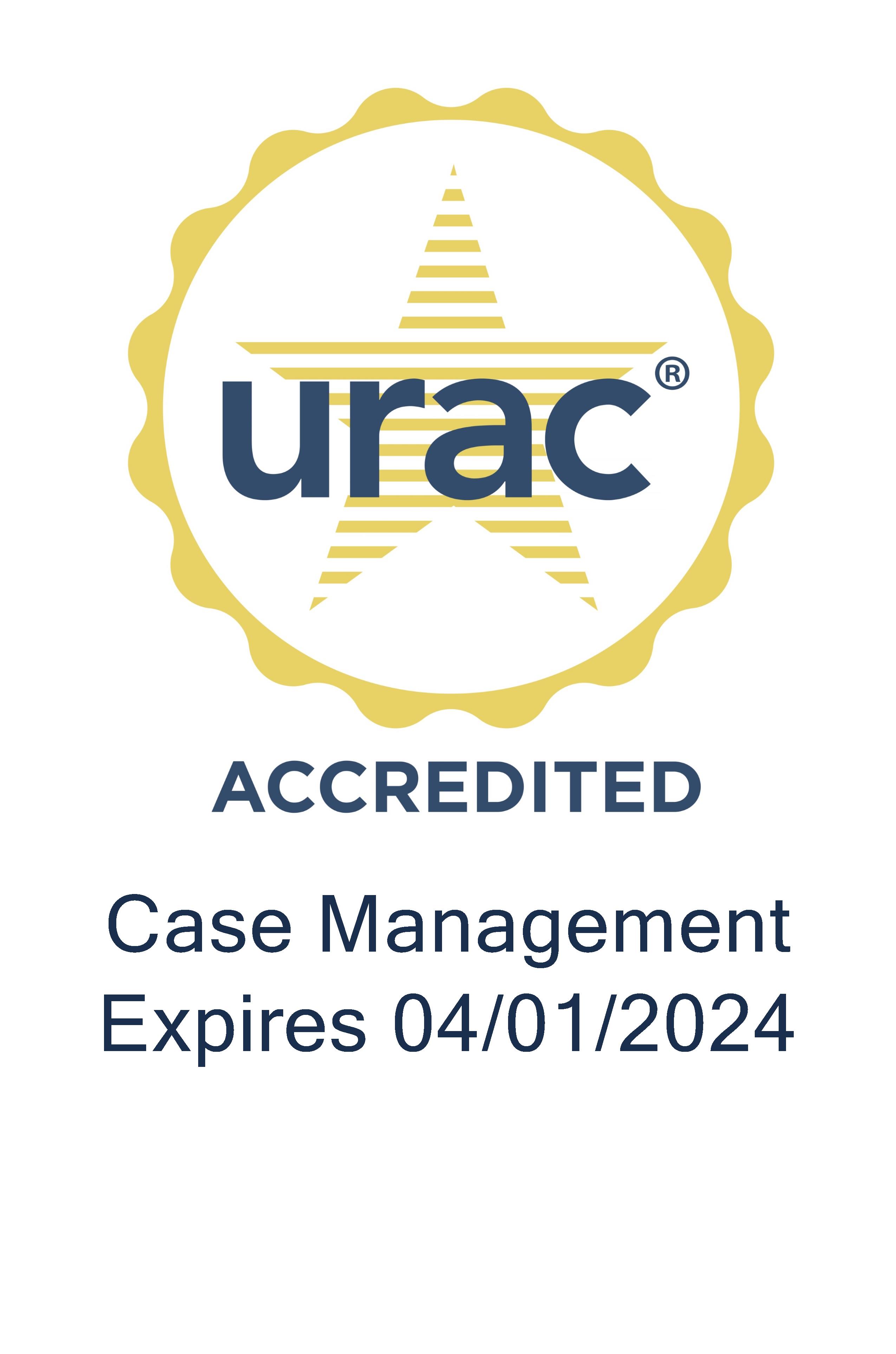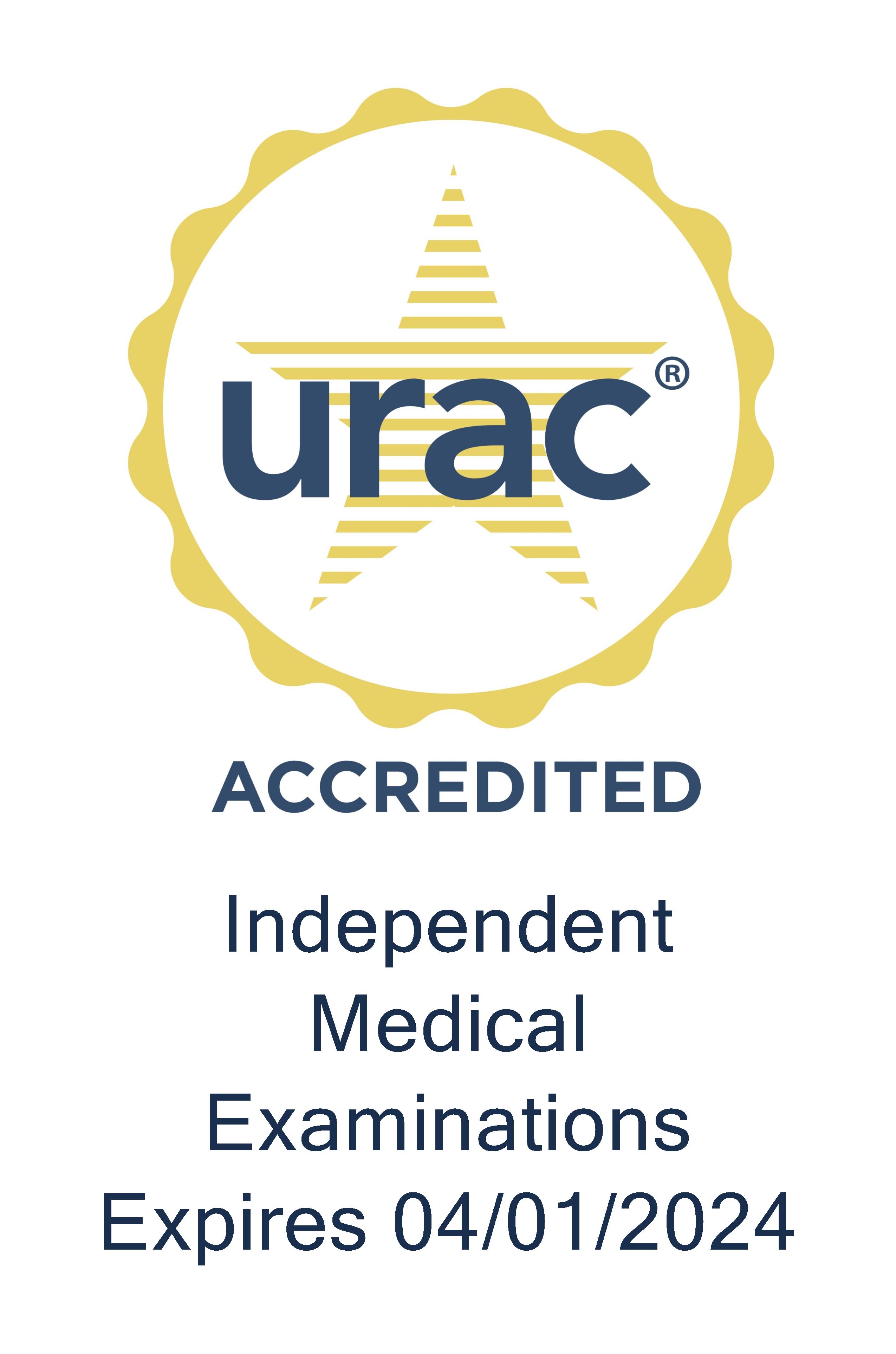Case handling for the most severe worker injuries demands swift and precise decision-making. In part 2 of her podcast series, Laney Bond, Genex National Catastrophic Program Manager, offers key steps in meeting this goal.
Tom Kerr (TK): I’m Tom Kerr. In part two of our series on catastrophic injury management, Laney Bond offers strategies to keep claims on track.
Laney, what would you say are the three most important factors in handling a catastrophic injury case?
Laney Bond (LB): The most important factor in handling a catastrophic injury is maintaining strong and consistent communication with the injured worker and their family, doctors, hospital staff, employers, carriers, attorneys, and any other party that may be involved, like a TPA.
When any one of the key players involved in a claim disengages from the communication, the claim instantly comes to a slow grind, ultimately impacting the timeliness of the injured worker's recovery and return to gainful employment. Catastrophic case managers are in the unique position to facilitate opening and ongoing communication.
Another factor in handling catastrophic injury is delayed or inappropriate medical care. For the most part, physicians in trauma centers across the country are focused on the three Rs; providing the right care, at the right time, to the right person.
There are occasions when barriers interfere with this. This may include delayed approval for treatments, a lack of resources in geographic areas or something as simple as transportation to an MD appointment or a PT appointment. Catastrophic case managers are adept in identifying those barriers proactively and assertively addressing them in a timely fashion.
A third factor in handling catastrophic injuries has to do with lag time in engaging catastrophic case management. Statistics show that the two optimal outcomes — return to work and maximum medical improvement — are best achieved when catastrophic case management is assigned within the first 30 days following a catastrophic injury. These outcomes decline dramatically when there's a lag time of 60 days and become actually negligible by the time we hit 90 days.
TK: What unique aspects do case managers bring to catastrophic injury management?
LB: They have keen assessment and analytical skills necessary to provide early intervention on complications. They also have instant knowledge regarding the chain of communication in these hospital settings and know how to access essential medical information and records.
Case managers are also responsible for reporting to multiple key parties. High profile cases are often monitored by attorneys, CPAs, insurance brokers, insurance executives, employer executives and others.
Catastrophic case managers are knowledgeable at presenting comprehensive and professional medical information in a manner that is understandable to those with and without a medical knowledge base.
Another unique role in the case manager is dealing with multiple providers. Catastrophic claims often have 5‑30 or more diagnoses, and are at high risk of complications. These injuries will utilize multiple medical specialists in the acute and chronic phases of the injury. Catastrophic case managers tie all of these factors together to present a comprehensive overview of the injured worker's condition and treatment plan, and to identify and remove the barriers to recovery.
Lastly, hospital discharges. I believe case managers have a key role in this factor and this can make or break a claim, especially if somebody's considering litigation. Catastrophic cases managers are highly skilled at ensuring all services are in place when the injured worker is discharged home.
TK: Thanks, Laney. In our next Inside Workers’ Comp will dive deep into the numbers as we discuss the expanding role of data analytics. Until then, thanks for listening.






